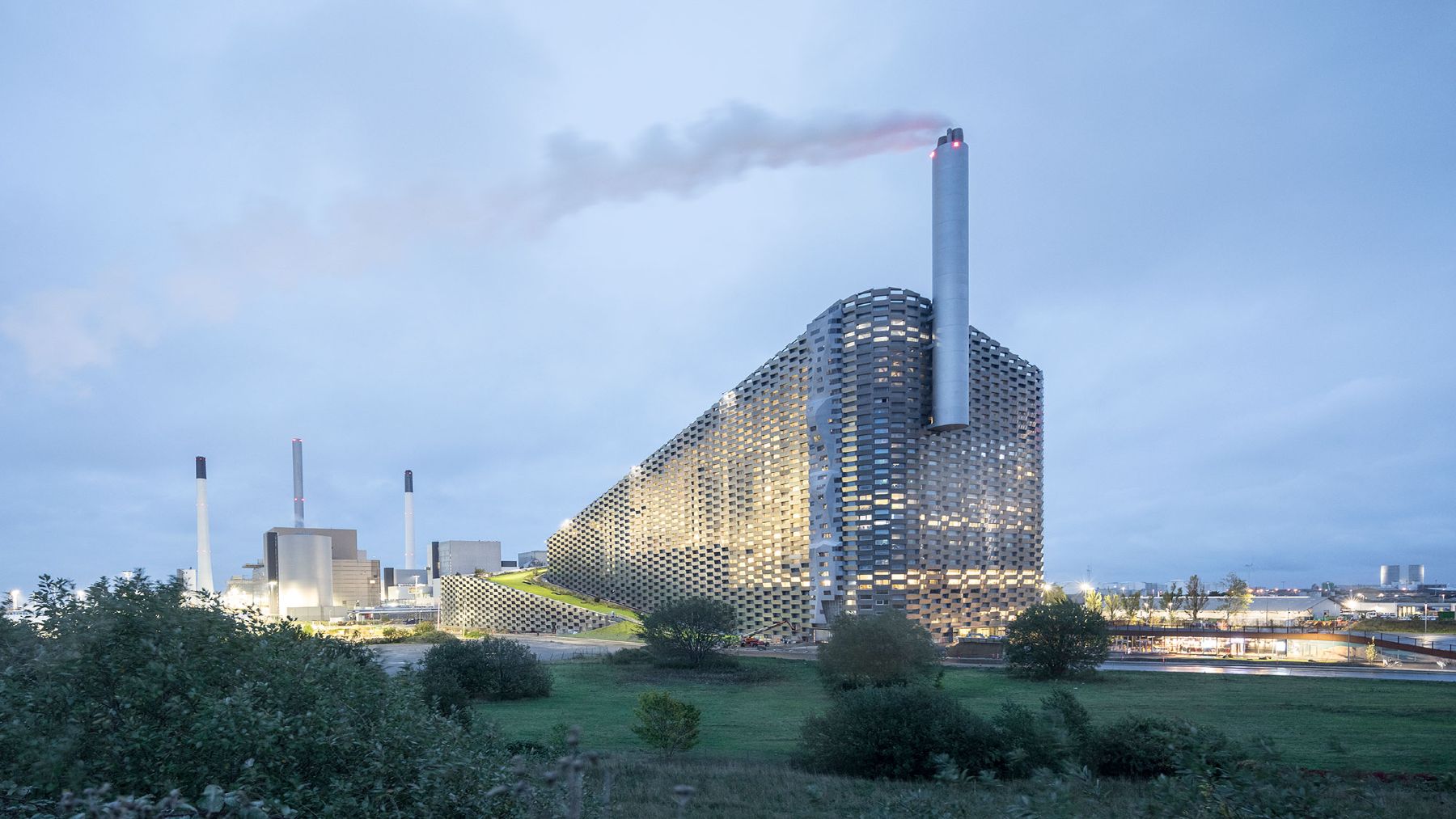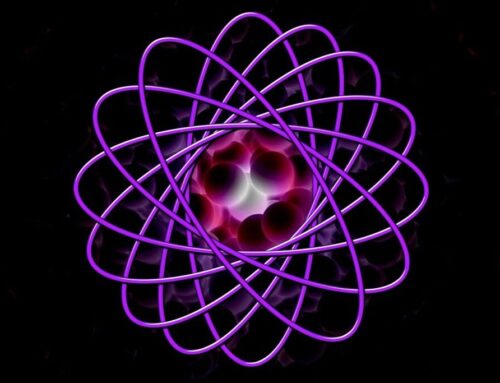Garbage is a problem for the whole planet: America has found how to turn it into gold
October 20, 2024

Disposing of waste material is one of the best-known problems in the modern world. When population density increases and consumption frequencies increase, the problem of garbage disposal arises.
But the way forward is being developed to turn waste from a nuisance into an asset. Currently, waste-to-energy plants in the United States are pioneering by turning garbage into energy, proving that people can live sustainably.
Unlocking the Power of Waste: How America is Leading the Way
WTE plants are intended to recycle municipal solid waste, mainly incinerated to generate energy. In addition to assisting in waste management, this technology produces renewable energy.
For example, Covanta’s facilities in the United States deal with hundreds of thousands of tons of waste and convert it to electricity that can be used at homes and commercial places.
By harnessing the energy potential of waste, these facilities provide a dual benefit: minimizing the amount of garbage that gets dumped into landfills and producing renewable energy.
Covanta Alexandria Waste-to-Energy facility is a clear example of this innovation. It burns non-hazardous household waste at high temperatures and produces steam for use in the generation of electricity.
This facility treats more than 350,000 tons of garbage annually, generating electricity for about 15,000 homes all year round. The means for converting waste into energy also helps solve the problem of landfilling and helps people become free from dependence on non-renewable energy sources.
Positive Environmental Impact: What It Means for Communities
The findings suggest that in addition to waste disposal and energy production, WTE facilities have direct social effects on the communities they serve. The pollution control technology at the Covanta Alexandria facility has undergone improvements within the last few months to slash nitrogen oxide emissions by 47%.
Such improvements are essential in helping municipalities achieve their environmental objectives related to programs such as the Environmental Action Plan 2040 in Alexandria.
These advantages of WTE technology do not end at environmental conservation. Through recycling, Covanta has managed to reduce its emission of greenhouse gases by more than 331,000 metric tons of carbon dioxide equivalents to landfilling.
This reduction is equivalent to taking about 65,000 passenger vehicles off the road for one year. Alexandria Mayor Justin Wilson and Arlington County Board Chair Katie Cristol endorse these advancements as key to promoting sustainable communities.
Recycling garbage for energy also has economic benefits. For instance, the Covanta Michigan Waste-to-Energy plant produces 68 MW of electricity and provides enough clean electricity to about 800,000 homes.
Such facilities also offer employment opportunities in waste management and energy sectors and generate investment in renewable energy facilities. However, recycling material from waste helps achieve a circular economy.
The Covanta facilities reclaim metals and other recyclable materials during the waste processing stage. This not only helps to cut the demand for the procurement of new raw materials but also increases the revenues of regional authorities. It, therefore, becomes possible for communities to turn waste into an opportunity to drive economic development and address environmental issues.
The Bright Future of Waste-to-Energy Solutions: What Lies Ahead?
With the population increasing its waste production rate, waste management is becoming more and more critical. The experience of WTE facilities in the USA indicates that the employment of similar facilities in other countries is possible.
The case of America has shown that there is always a way through which developing nations that face challenges in waste management can deploy technologies in waste-to-energy systems to suit their situations.
The development of WTE infrastructure and new technologies will be decisive for future growth and the recognition of waste as a valuable resource.
Ongoing research in pollution control, efficient energy use, and recycling and recovery of materials will further improve the sustainability of such facilities. With the increased implementation of waste-to-energy systems, it is still possible to transform garbage into gold and make the world a clean environment.
Waste management has become a global problem, but organizations like the waste-to-energy plant are helping to turn the tide. By turning garbage into energy, the United States demonstrates means and ways of sustainable living that other countries can follow.
These facilities also benefit the environment, create or improve new economic opportunities for people, and enhance communities’ health. As the search for waste-to-energy technology solutions continues and more capital is put into this area, the prospects for this world and its inhabitants seem bright.
Search
RECENT PRESS RELEASES
Related Post




